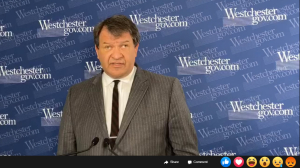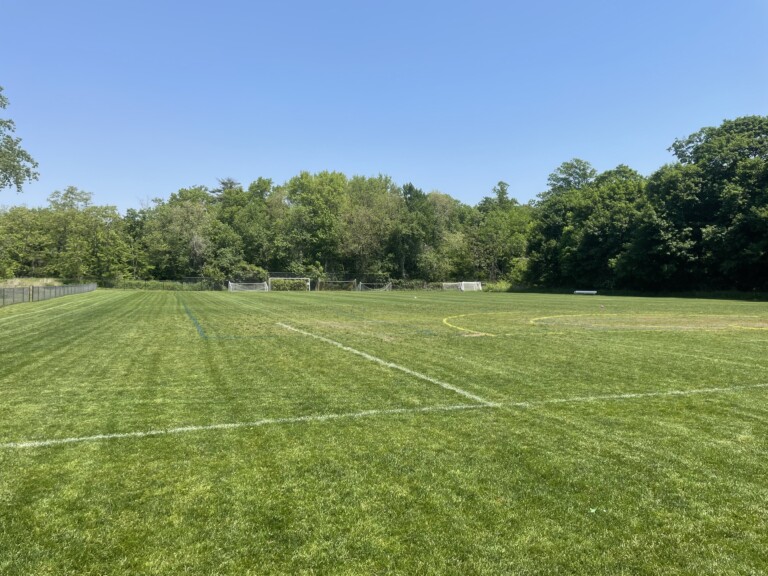Holding Court: Drunk Driving – Don’t
Holding Court is a new series by retired Rye City Court Judge Joe Latwin. Latwin retired from the court in December 2022 after thirteen years of service to the City.
By Joe Latwin

A good proportion of criminal cases in the Rye City Court are drunk driving cases. This is typically how they start.
The driver is driving when a police officer or Trooper observes a violation of some traffic law – no seatbelt, a broken bulb, changing lanes without signaling, or erratic driving. The lights and siren are activated and the driver stopped. The officer asks the driver for his/her license, registration, and proof of insurance. The officer will observe the driver looking for an odor of alcohol, glassy eyes, impaired speech, or impaired motor skills.
Usually, the officer will ask seemingly innocuous questions – where are you going, where are you coming from, how much have you had to drink. It’s better to keep your mouth shut. You don’t want to say you are going to sleep off your drunk, that you were coming from a bar, or that you only had two beers. All those answers can and will be used against you. Better to say you were coming from church and going to feed the homeless if you say anything at all.
No warnings are required at that point since you are not in custody. Based on the observations, the officer may ask the driver to exit the vehicle and perform the standardized field sobriety tests promulgated by the National Highway Traffic Safety Administration. The tests include: (1) measuring Horizontal Gaze Nystagmus – the involuntary jumping of the eyes as they follow a stimulus; (2) the walk and turn – during which the driver will be instructed to walk heel to toe along a line for nine steps, then turn around, and walk nine steps back. If the driver deviates from the line, or does not follow the instructions, demerits are added; (3) the one leg stand during which the driver is asked to stand on one leg with arms at the side. If the driver sways, puts a foot down, or extends his arms, or fails to comply, demerits are added; (4) other coordination or comprehension tests, such as touching finger to nose, reciting the alphabet, or counting backwards may be administered.
If enough demerits are accumulated the driver is deemed to have failed the test component. The officer may also request a preliminary breath test (“PBT”). While not generally admissible at trial, the failure of the PBT may provide, with the other observations, probable cause for a DWI arrest. If the officer has probable cause to arrest for DWI, the officer may then arrest the driver.
The driver will be handcuffed, put into the police car’s back seat, and taken to the police station or Trooper barracks where then driver will be advised that a breath test will be administered and that if the test is refused, the driver’s license will be suspended for a year. If the driver refuses, he will be again asked to take a test soon thereafter. The driver will also be advised of the right to remain silent.
If the driver takes the test, the calibrated test machine will provide a blood alcohol content reading. If the reading is 0.08 percent or more of alcohol, the driver can be charged with Driving While Intoxicated. If it is more than 0.18 per cent, the driver can be charged with Aggravated Driving While Intoxicated. A desk appearance ticket will be issued and the driver released.
Next week, I will describe what will happen when the driver shows up in Court.






